A Pro’s Guide to Scalp Massage for Seriously Healthy Hair
In my time working with hair, I’ve seen every miracle product and high-tech gadget you can imagine. And honestly, while some are great, I always circle back to a simple, foundational truth: amazing hair begins with a healthy scalp. So many people come to me frustrated, having tried everything, and the first thing I often teach them is how to give themselves a proper scalp massage. This isn’t just about feeling good; it’s a practical skill based on how our bodies actually work.
In this article
- First, Let’s Understand What’s Under Your Hair
- Choosing Your Tools: Hands, Brushes, or Gadgets?
- The Right Potion: Picking an Oil for Your Scalp
- My Go-To 15-Minute Scalp Massage Routine
- Not a New Fad: A Timeless Practice
- Safety First: When You Should NOT Massage Your Scalp
- Making It Stick: Maintenance and Patience
- Galerie d’inspiration
Forget the 30-second clips you see online. We’re going to get into the real mechanics of scalp health—the tools, the techniques, and the common-sense safety that the pros rely on. This is about understanding the ‘why’ behind the massage, so it becomes less of a chore and more of a purposeful treatment for your hair.
First, Let’s Understand What’s Under Your Hair
Before you even think about starting, it helps to know what you’re actually working with. Your scalp isn’t just a patch of skin; it’s a complex system, and a good massage directly influences it for the better.
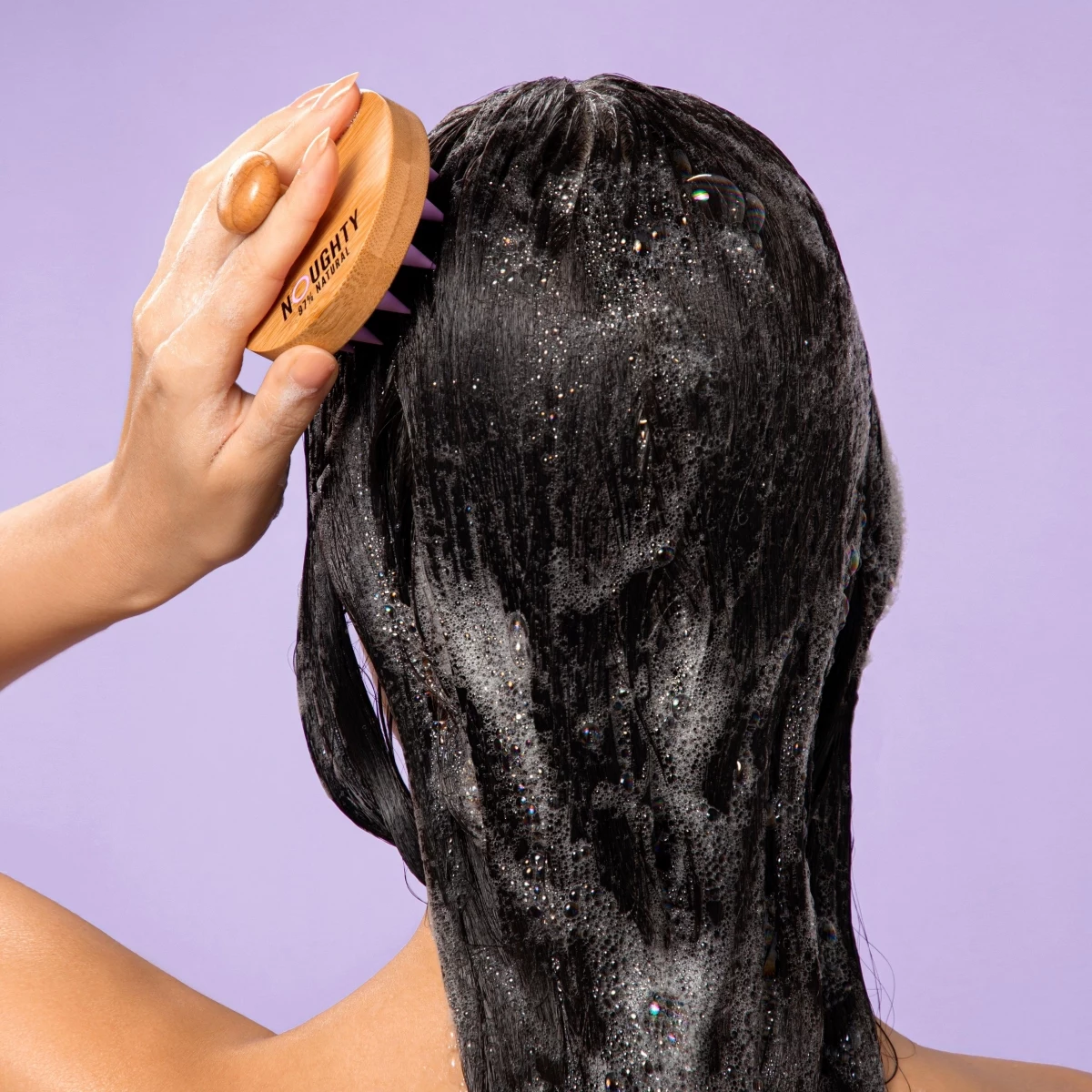
Deep down in the dermis layer, you’ve got your hair follicles. Think of each one as a tiny but mighty organ, connected to a whole network of microscopic blood vessels. These vessels are the delivery trucks, bringing oxygen and all the good stuff (nutrients!) that fuel strong, steady hair growth. When you massage your scalp, you’re literally giving this delivery system a boost, encouraging more blood to flow and deliver a richer supply of nutrients right where they’re needed.
Oh yeah, and there’s another major player here: a tough, fibrous sheet of tissue covering the top of your skull. When you’re stressed or tense, this tissue can get super tight, clamping down on those vital blood vessels and restricting the nutrient flow. A proper massage is designed to loosen this up, restoring circulation.
By the way, you can totally feel this on yourself. Here’s a quick check:
The Scalp Mobility Test: Place your fingertips flat on the side of your head, above your ear. Without moving your fingers across the skin, try to move your scalp up and down. Does it wiggle around easily? Great! If it feels tight and barely moves, like it’s glued down, that’s a sign of tension you’ll want to work on.
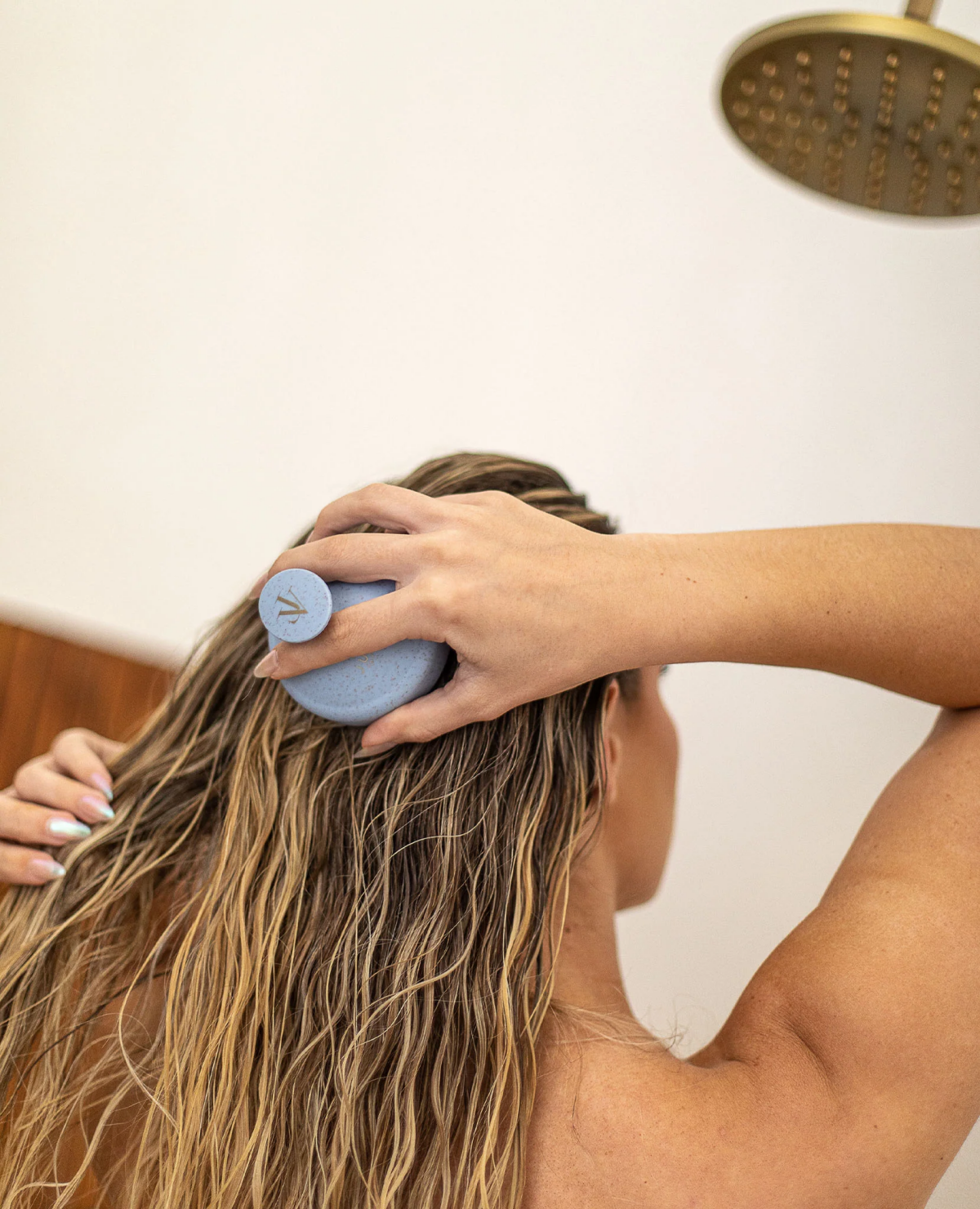
Choosing Your Tools: Hands, Brushes, or Gadgets?
What you use for your massage can make a big difference. In my experience, each method has its place, and the best one for you depends on your goals and what feels good.
Your Fingertips: The Gold Standard, No Question
Using your own hands is the classic method for a reason. You get instant, detailed feedback that no tool can ever replicate. You can feel a tight spot and give it extra attention, or ease up if an area is tender. It’s the most intuitive way to do it. Just a heads up: ALWAYS use the pads of your fingertips, never your nails. Scratching your scalp, even lightly, can create tiny openings for bacteria to get in.
The pros use a few key movements:
- Gliding Strokes (Effleurage): This is just a fancy term for light, sweeping motions. You use these at the beginning to warm up the scalp and spread your oil. It’s calming and preps the tissue for deeper work.
- Kneading (Petrissage): This is the most important part. You plant your fingertips firmly on your scalp and make small, deep circles without lifting them. The goal here is to move the skin over the bone underneath, not just rub the surface. This is what really releases that deep tension.
- Focused Pressure (Friction): For those extra-tight knots (like at the base of your skull), you can use one or two fingertips to apply deep, targeted pressure with tiny, firm circles.
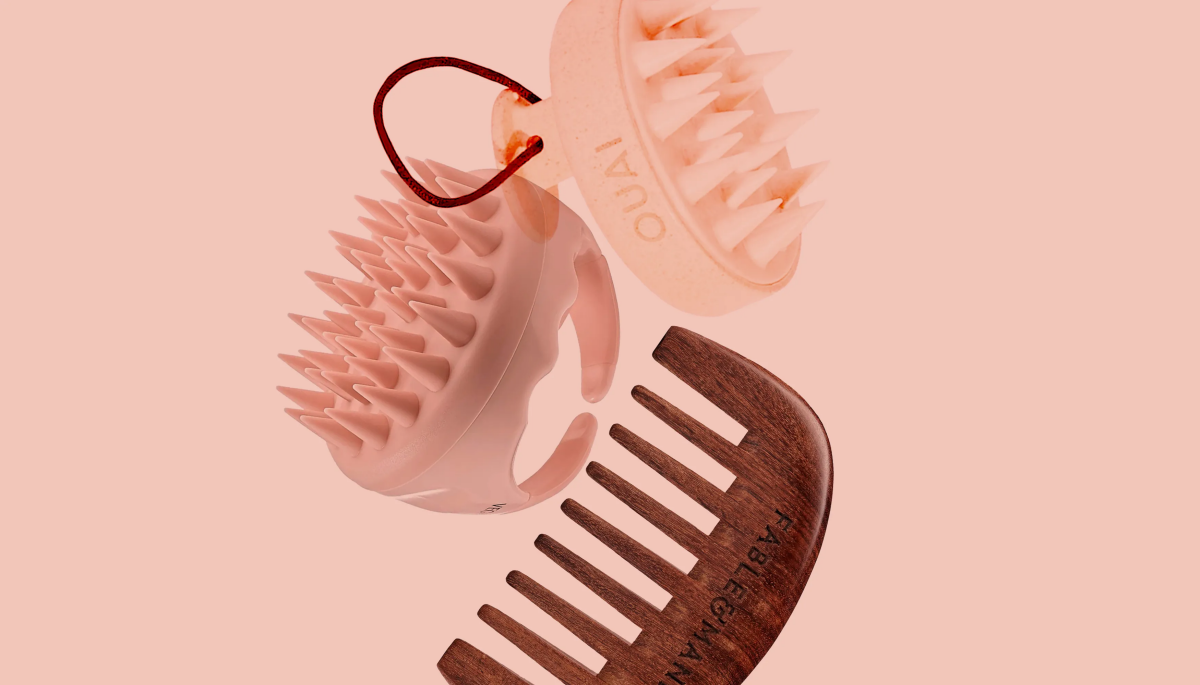
Manual Massagers: A Great Alternative
If you have long nails, arthritis, or your hands just get tired, a manual massage brush is an excellent choice. But please, be picky about what you buy! I strongly recommend tools made from a single piece of soft, medical-grade silicone. The ones from brands like MAXSOFT or a dozen others on Amazon are perfect. They typically cost between $8 and $20 and are totally worth it.
Why silicone? It’s non-porous, so it doesn’t get gross with bacteria, and the flexible cones bend over your skull instead of scraping it. Avoid those hard plastic massagers with rigid, sharp nubs. I’ve seen clients come in with red, irritated scalps from using those things too aggressively.
A common mistake with these is dragging them through your hair, which creates a tangled mess. The right way is to press it to your scalp, do small circles, then lift it completely and move to the next spot.
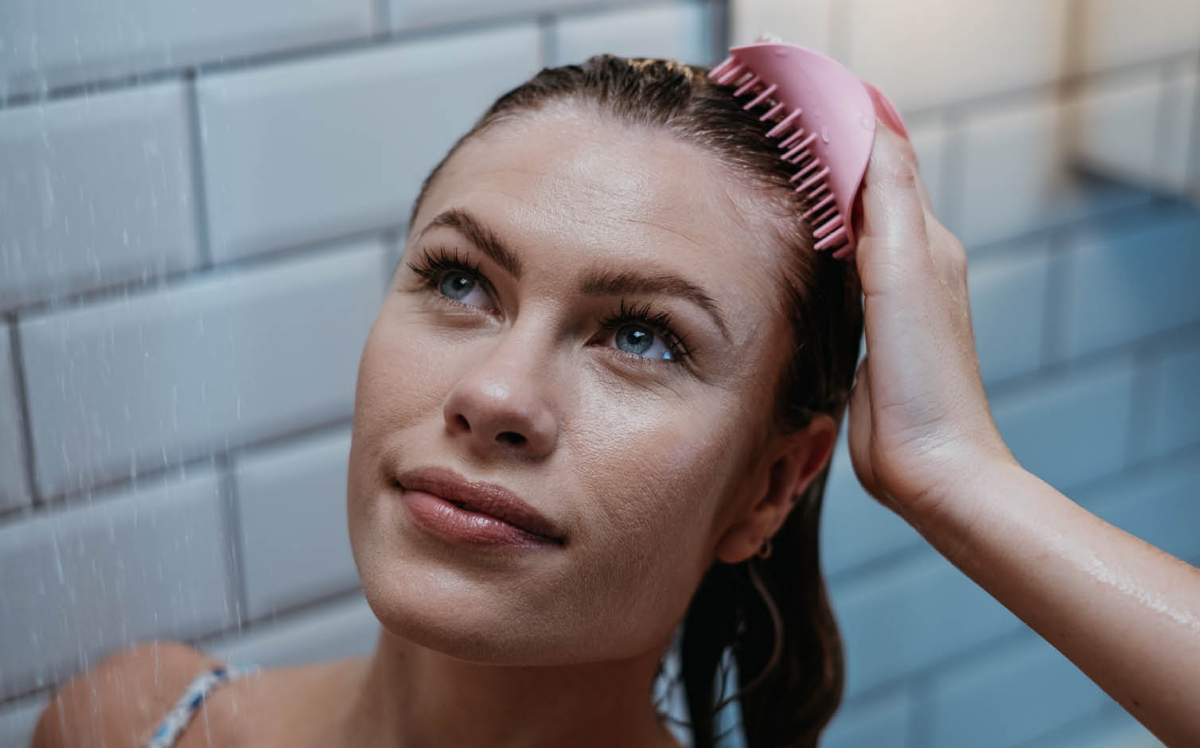
Electric Massagers: The Convenience Option
Electric massagers are great for consistency and can be a lifesaver if you have hand fatigue. They do the circular kneading motion for you. However, their biggest downside is the total lack of feedback—you can’t feel what your scalp needs. It’s easy to press too hard or tangle your hair if you’re not careful. If you go for one, look for a waterproof model (with an IPX7 rating) so you can use it in the shower, and make sure it has variable speeds. Always start on the lowest setting. Honestly, I see these as a nice supplement, but not a complete replacement for the responsive touch of your own hands.
The Right Potion: Picking an Oil for Your Scalp
Massaging a dry scalp can cause friction and hair breakage. An oil or serum provides the necessary ‘slip’ and can deliver some extra benefits. The trick is picking one that your scalp actually likes.
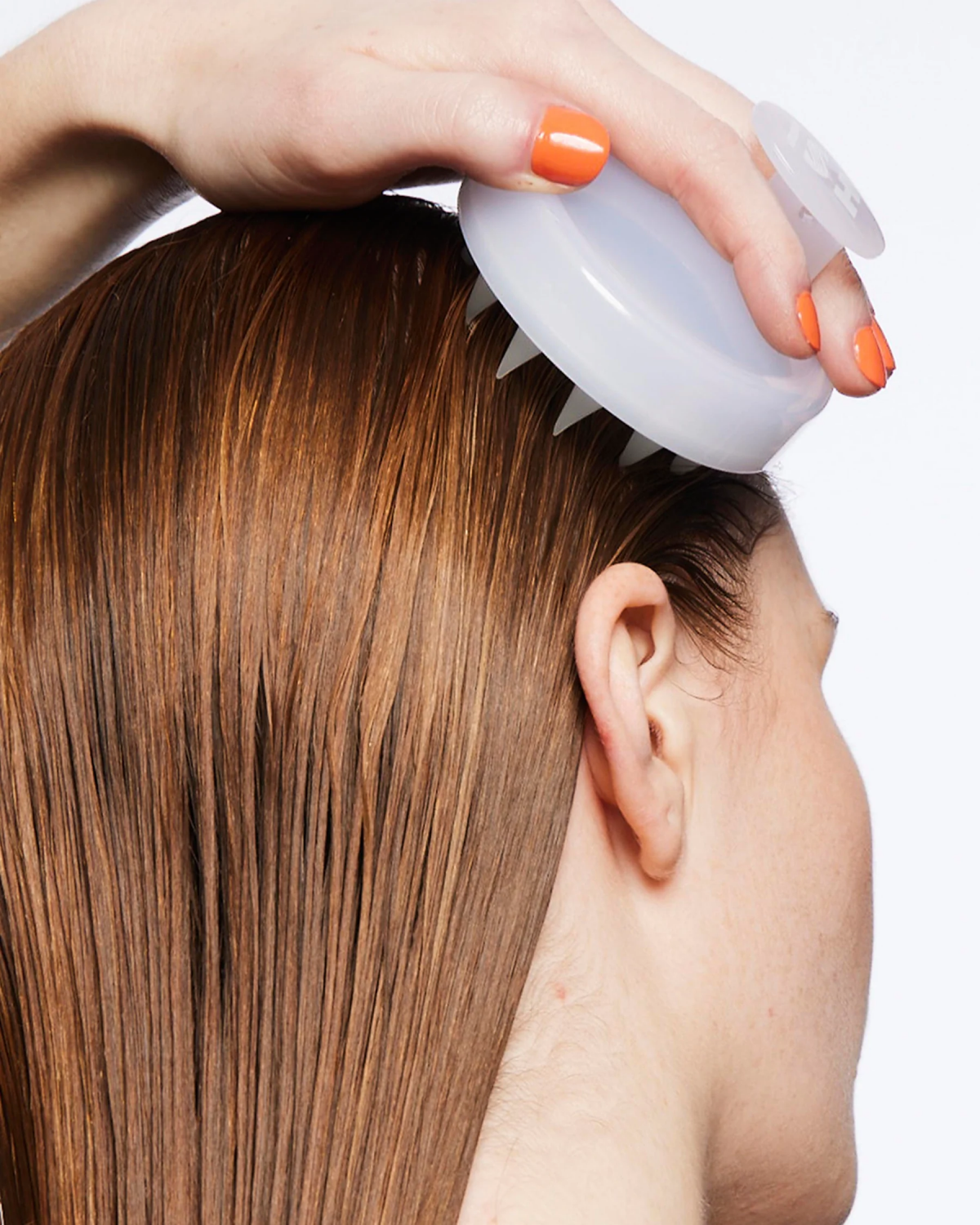
For a Dry, Itchy, or Flaky Scalp:
You need something nourishing to help repair your skin’s moisture barrier. A good bottle of carrier oil from a place like Whole Foods, a natural grocer, or online will usually run you $10 to $20.
- Jojoba Oil: This is my top pick. Its structure is incredibly similar to our own natural scalp oil (sebum), so it absorbs beautifully without feeling greasy.
- Avocado Oil: A bit heavier, this one is a powerhouse of moisture for seriously dry, unhappy scalps.
- Argan Oil: Famous for hair, but it’s fantastic for skin, too. It’s moisturizing but doesn’t feel super heavy.
For an Oily Scalp:
I know, putting oil on an oily scalp sounds crazy, but it can actually help. The key is to use a very light oil, or simply do the massage in the shower with your shampoo instead.
- Grapeseed Oil: This oil is super light and absorbs in a flash. It can even help dissolve any hardened gunk in your pores.
- No Oil at All: Seriously! The mechanical stimulation of the massage is the most important part. Doing it on a clean, dry scalp or while shampooing works wonders.
Good to know for color-treated hair: Using pure, natural oils like Jojoba or Argan is generally safe and won’t strip your color. That said, I’d probably wait about 48 hours after a fresh dye job before doing an oil treatment, just to be safe.
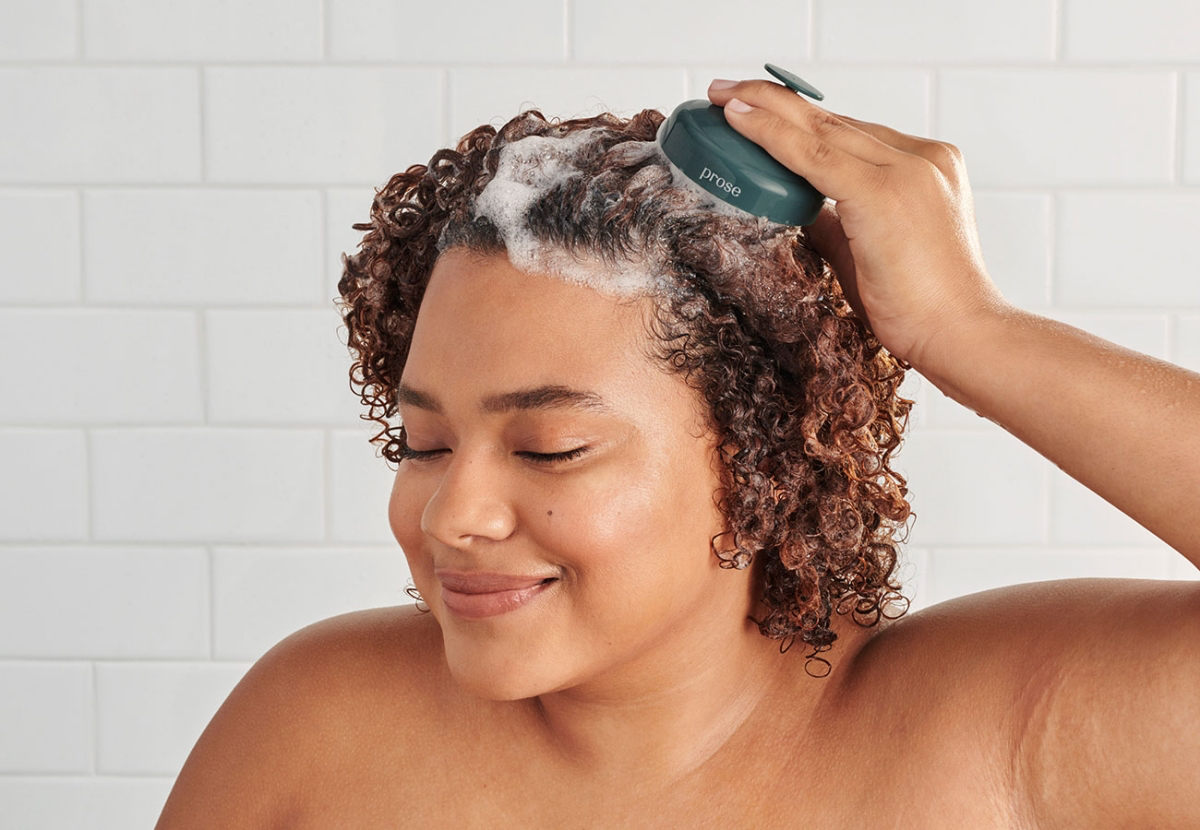
A Quick Word on Essential Oils
Essential oils can be a great addition, but you have to be careful. They are extremely potent and MUST be diluted in a carrier oil (like Jojoba or Grapeseed). Never, ever apply them directly to your skin—I once had a client get a painful rash from putting pure tea tree oil on her scalp. A safe bet is 6-12 drops of essential oil per ounce of carrier oil. Favorites include circulation-boosting Rosemary, cooling Peppermint (use sparingly!), calming Lavender, and antimicrobial Tea Tree.
My Go-To 15-Minute Scalp Massage Routine
Consistency is key. Try to make this a weekly ritual.
Step 1: Prep (2 minutes)
- Detangle First! Gently brush out any knots. This is non-negotiable to prevent breakage.
- Get Your Oil Ready. Pour about a tablespoon of your chosen oil into a small bowl. Quick tip: Place this bowl in a larger bowl of hot tap water for a few minutes. Warm oil feels amazing and absorbs better. For quantity, a tablespoon is a good start for shoulder-length, average-thickness hair. Use a bit less for fine or short hair, and a bit more for very long or thick hair. You want the scalp coated, not drenched.
Step 2: The Massage (10 minutes)
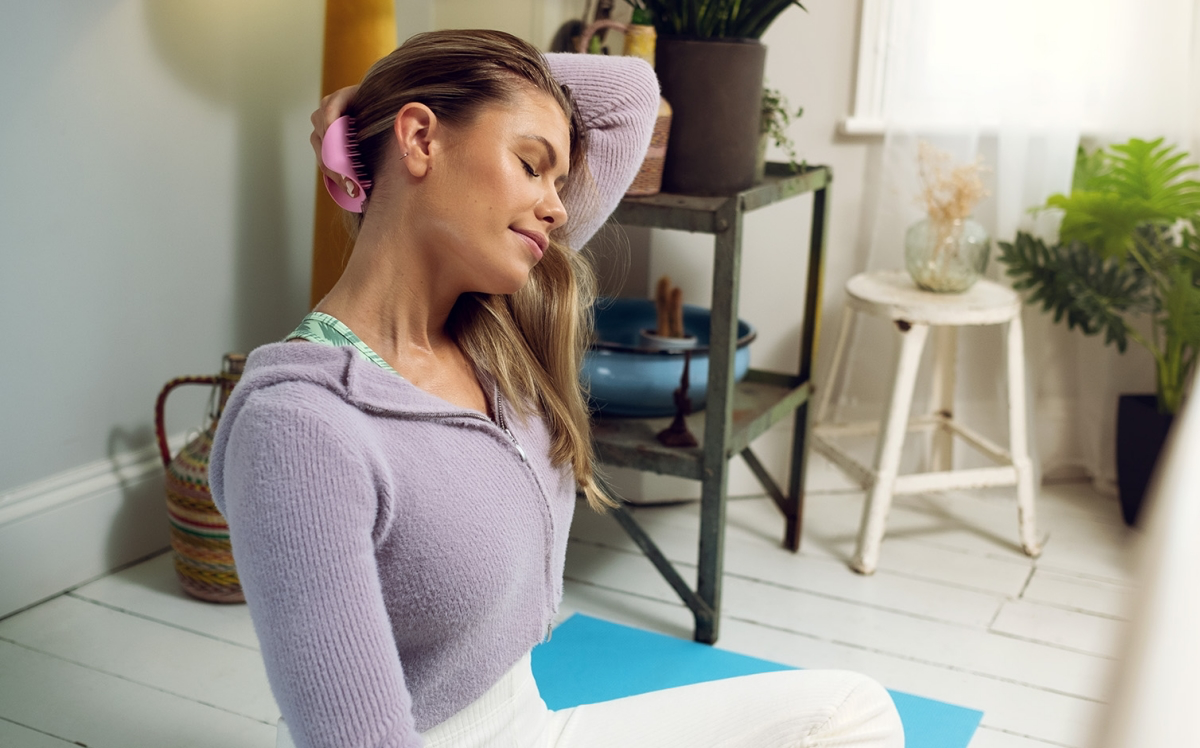
- Apply the Oil. Dip your fingertips in the warm oil and apply it with long, gentle, gliding strokes from your hairline to the nape of your neck.
- Knead the Scalp. Place fingertips on the sides of your head and start making those slow, deep circles, moving the skin over the bone. Work your way up to the crown. Then, repeat starting from your front hairline and working back.
- Release Tension. Find the bony ridge at the base of your skull—a prime spot for tension. Use your thumbs to apply deep, firm pressure here in small circles or just hold for 15 seconds at a time.
- Finish with a Sweep. End with a few more of those calming, gliding strokes.
Step 3: Rest & Wash (3 minutes + time)
- Let It Soak In. Leave the oil on for at least 30 minutes. For a really deep treat, wrap your hair in a warm towel or even leave it in overnight (with a towel on your pillow, of course).
- The Pro Wash-Out Trick. To avoid greasy hair, apply shampoo directly to your dry, oiled scalp. Massage the shampoo in to break down the oil before you add any water. Then, hop in the shower, add water, and lather up. It should all rinse out cleanly. You might need to shampoo twice.
Lesser-known trick: Still feel greasy after two washes? You might be using too much oil for your hair type, or your shampoo isn’t strong enough. Try a clarifying shampoo for the second wash next time, but don’t use it more than once a week as it can be drying.
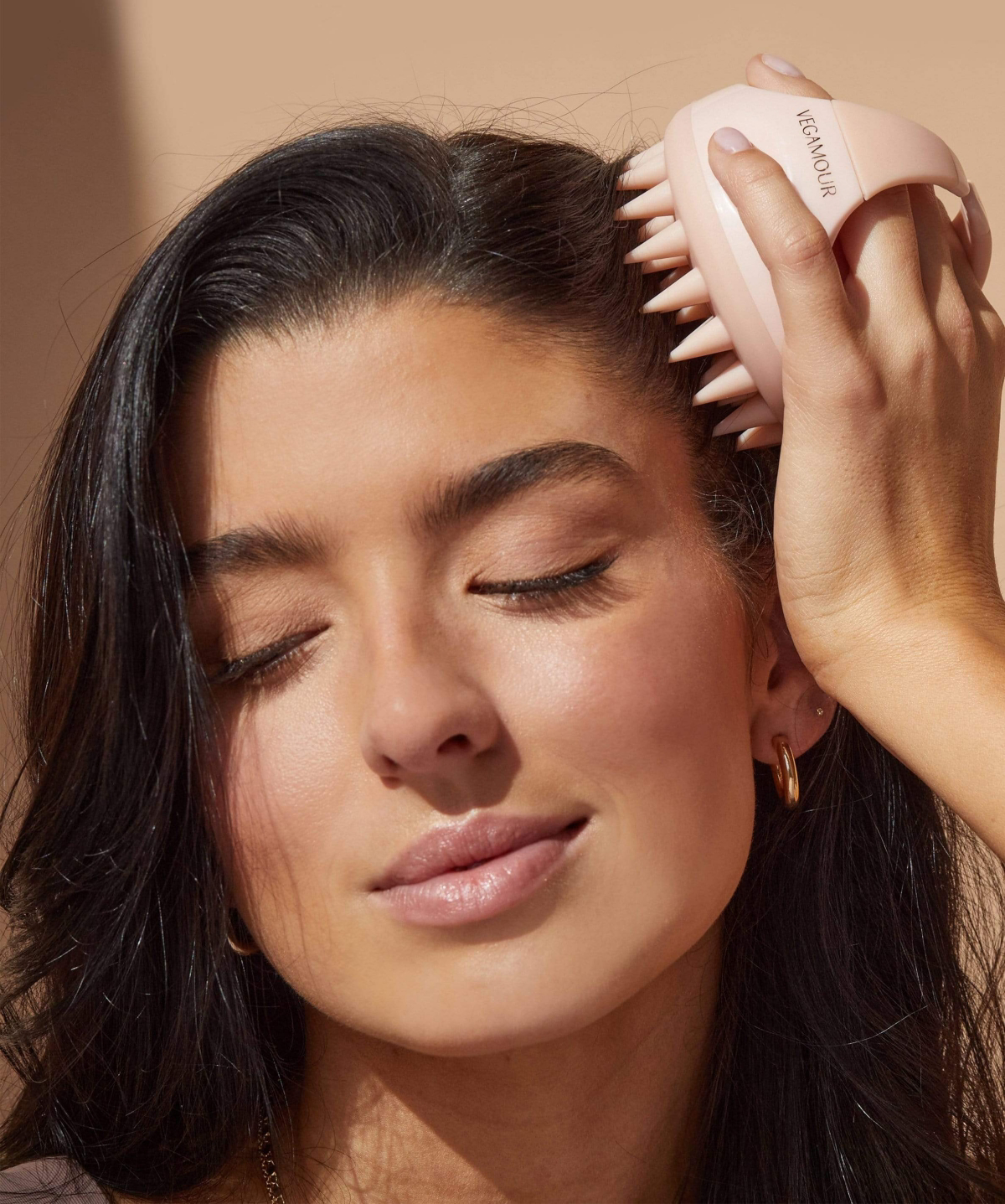
Not a New Fad: A Timeless Practice
Scalp massage isn’t some new trend. It’s a core part of wellness traditions from all over the world. In India, the ‘Champi’ head massage is a vigorous, holistic practice using warm oils to balance the body’s energy. Meanwhile, Japanese Head Spas have turned it into a meticulous ritual, focusing on deep purification and precise shiatsu techniques. While the methods vary, the core belief is the same: a stimulated, relaxed scalp is essential for well-being.
Safety First: When You Should NOT Massage Your Scalp
This is important. A scalp massage is great for most people, but there are times when you absolutely should avoid it.
Do NOT perform a massage if you have:
- An active scalp infection, like folliculitis or ringworm. You’ll just spread it.
- Any open sores, cuts, or lesions.
- A bad flare-up of psoriasis or seborrheic dermatitis. A vigorous massage will only make the inflammation worse. (I once saw someone try to ‘scrub away’ their psoriasis, and it only caused bleeding and a much worse reaction.)
- Any new or unexplained lumps. See a doctor for that.
- A recent head or neck injury, unless cleared by a medical professional.
And of course, just a friendly disclaimer: this advice is for general wellness. If you have a persistent scalp condition or serious hair loss, your first stop should always be a dermatologist for a proper diagnosis.
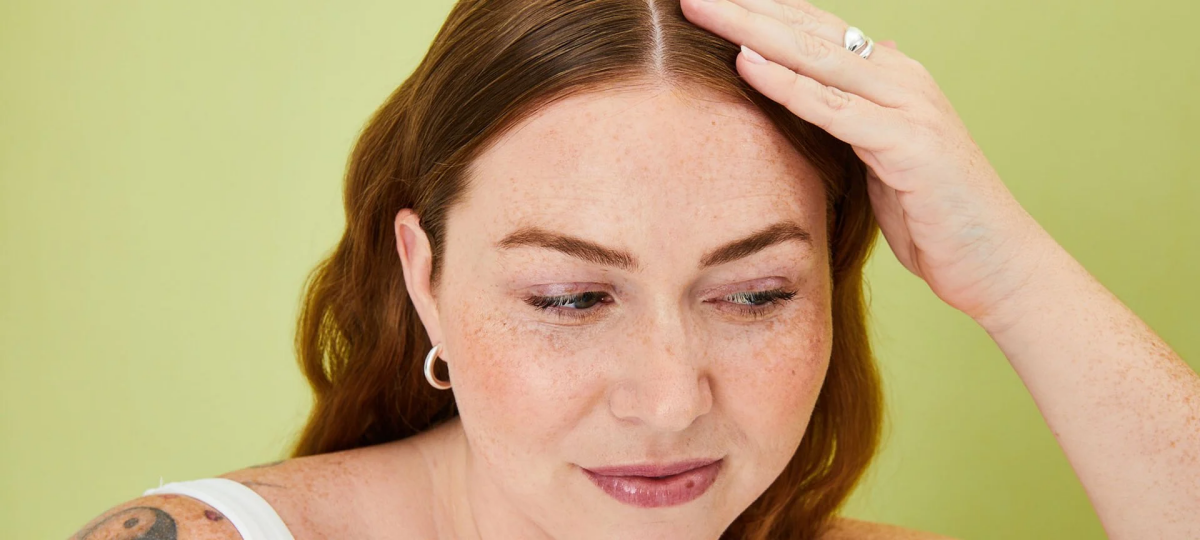
Making It Stick: Maintenance and Patience
Aim for a full oil massage once a week. You can do a shorter, 5-minute dry massage daily just to relieve tension and wake up your scalp. If your scalp ever feels sore, you’re being too aggressive—ease up on the pressure.
And please, clean your tools! Wash your silicone massager with soap and warm water after every use, especially with oil. A dirty tool just puts gunk back onto your clean scalp, which defeats the whole purpose.
Finally, be patient. You’ll feel the relaxation benefits right away, but the visible hair benefits take time. It can take three to six months of consistent practice to notice a real difference in shine, thickness, or shedding. Hair growth is a marathon, not a sprint. You’re building a healthy foundation, and that’s an investment that always pays off.
Galerie d’inspiration
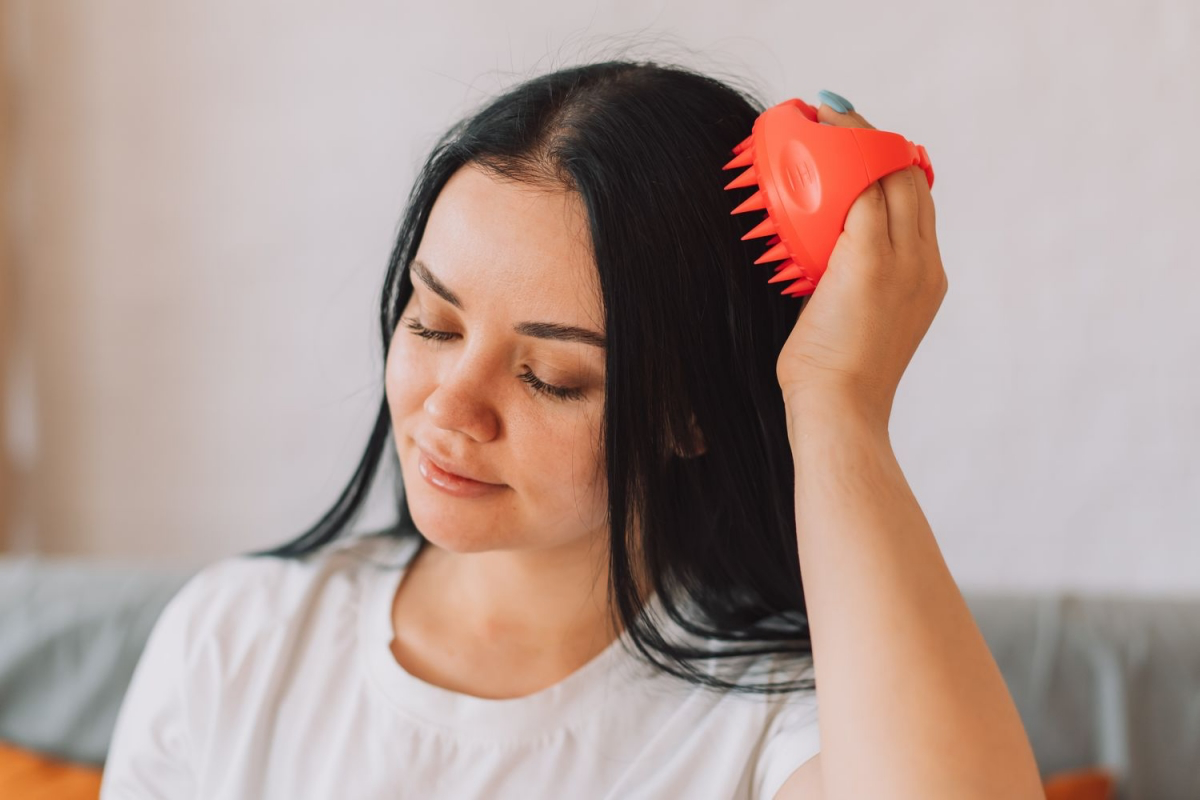
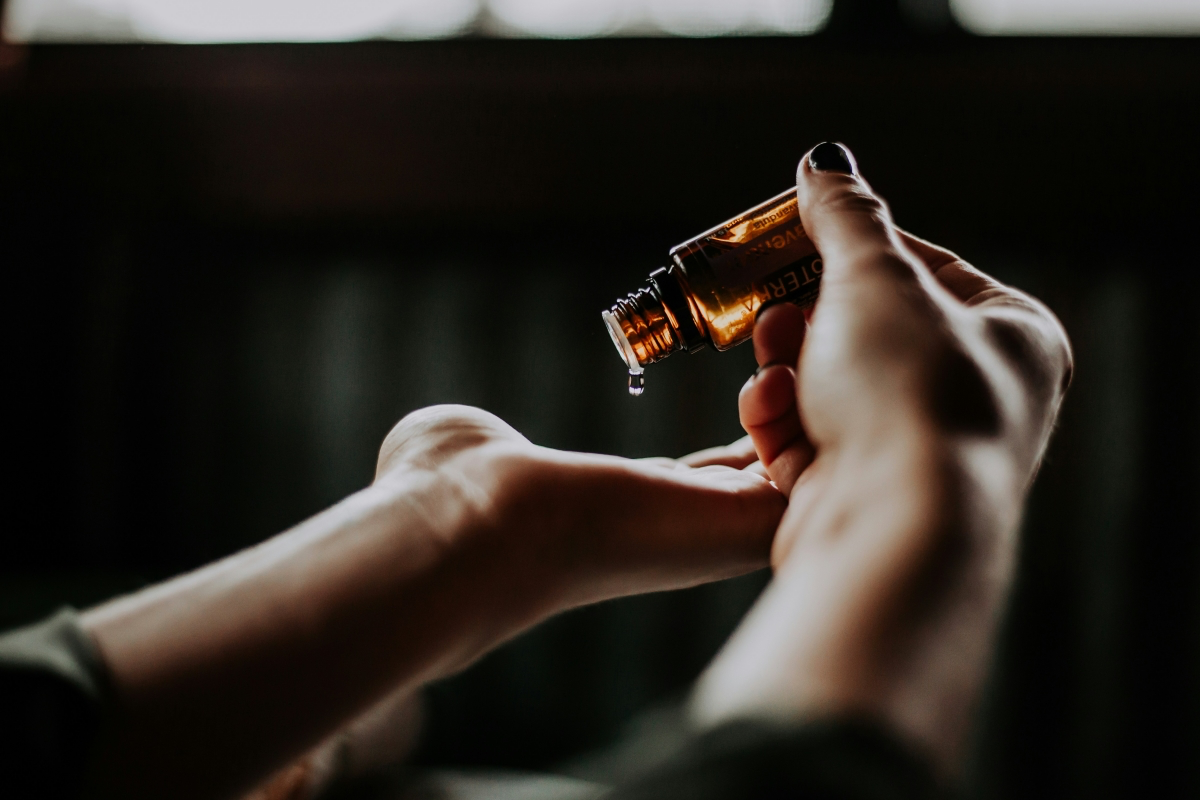
When choosing your massage medium, the oil you select can make all the difference. Think of it as a treatment serum activated by your touch.
- For Dryness: Jojoba oil is a top pick because its molecular structure is incredibly similar to our scalp’s natural sebum, offering balanced hydration without feeling greasy.
- For Thinning Hair: Consider a blend with a few drops of rosemary essential oil. Studies have shown it can be as effective as minoxidil for stimulating growth, especially when paired with a carrier like lightweight grapeseed oil.
- For Irritation: Coconut oil, particularly virgin and cold-pressed, has lauric acid which possesses anti-fungal and anti-bacterial properties, perfect for soothing an itchy, unhappy scalp.

A study published in the ePlasty journal found that standardized scalp massages, performed for just four minutes per day over 24 weeks, resulted in increased hair thickness.
This isn’t just about feeling good; it’s about measurable change. The mechanical stress from the massage stimulates the dermal papilla cells in your follicles, which are the ‘control centers’ for hair growth. Consistent, gentle stimulation encourages them to produce thicker, more robust hair strands over time.
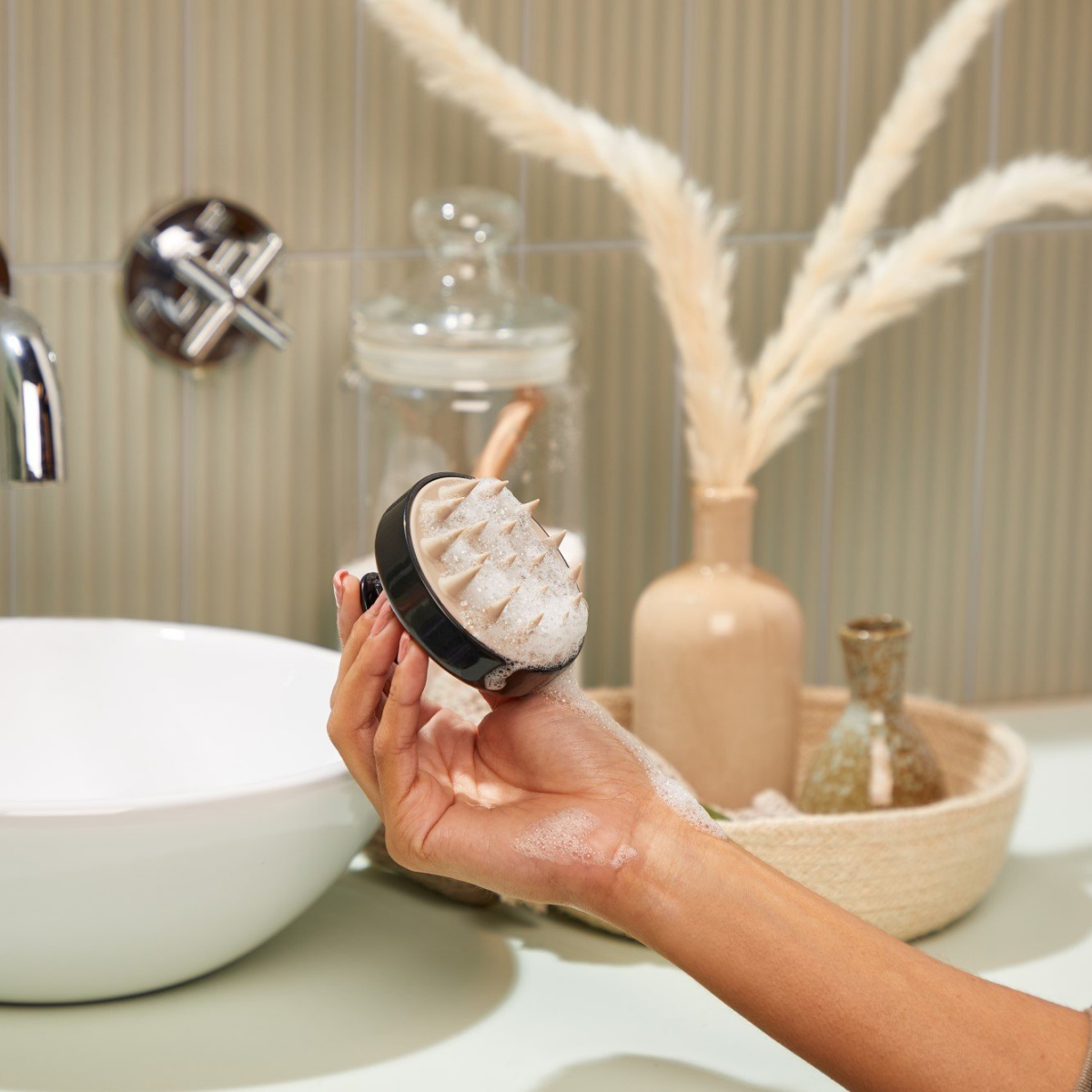
Wondering whether to use your fingers or a dedicated tool?
It’s less about right or wrong and more about personal preference and goals. Using your fingertips provides unparalleled sensory feedback, allowing you to feel for areas of specific tension. However, a good quality silicone massager, like the popular models from Freatech or Maxsoft, ensures even pressure distribution, protects your manicure, and can help work shampoo into a richer lather than fingers alone.

- It deep-cleanses without stripping natural oils.
- It gently exfoliates away dead skin cells and product buildup.
- It helps prevent bacteria from accumulating in the bristles.
The secret? Simply rinsing your silicone scalp massager thoroughly under warm water after every use and giving it a weekly wash with a gentle soap to keep it in perfect, hygienic condition.
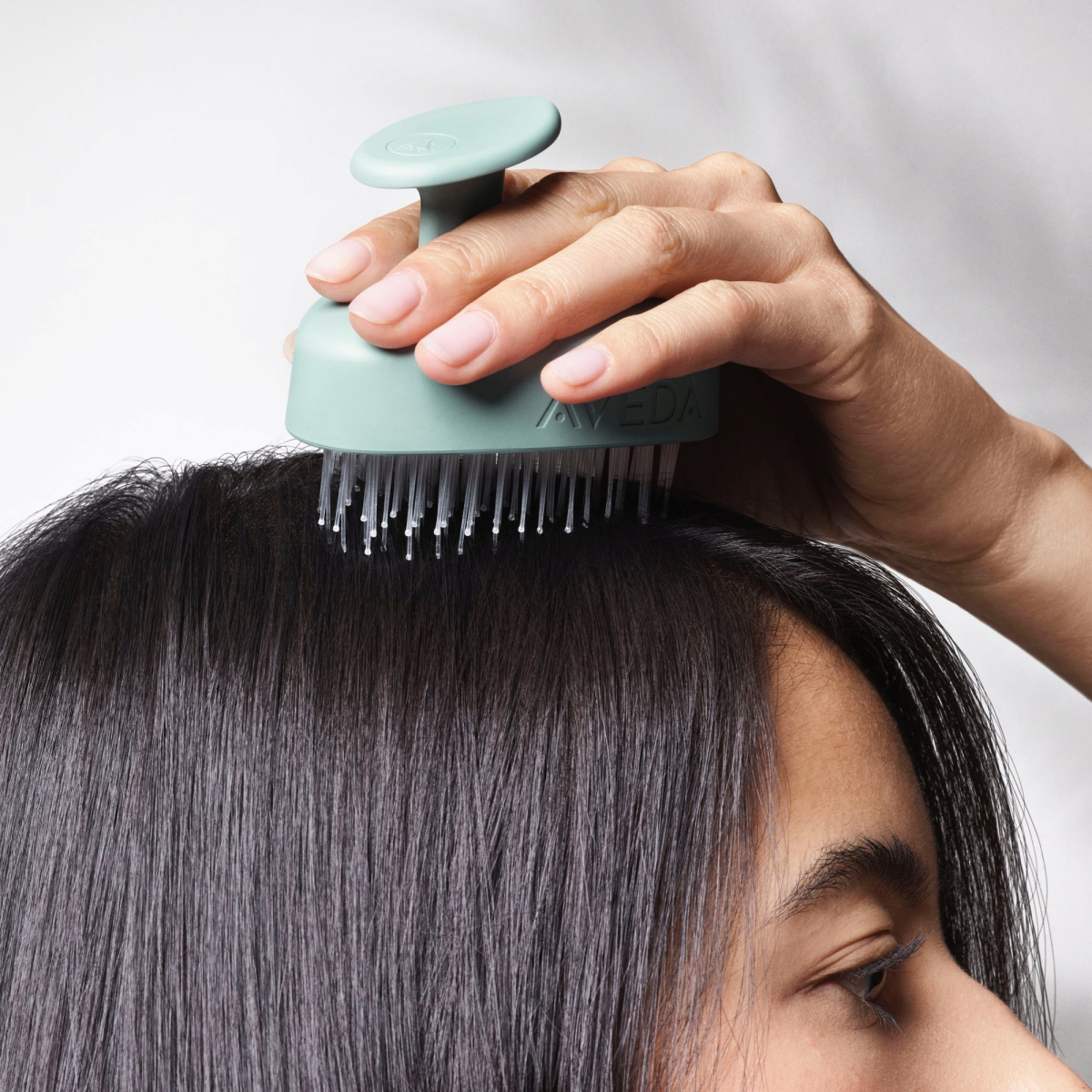
The practice of head massage is deeply rooted in culture, most notably the Indian tradition of ‘Champi.’ This ancient Ayurvedic technique, passed down through generations, isn’t just a beauty ritual; it’s an act of care and connection. The word ‘shampoo’ itself is derived from the Hindi word ‘chāmpo,’ meaning to press or knead. It’s a beautiful reminder that this practice is about more than just hair—it’s about holistic well-being.

The most common mistake: Scrubbing your scalp like you’re trying to clean a pan. Aggressive, fast-paced rubbing and using your fingernails can create micro-tears in the scalp, leading to irritation and inflammation. Worse, it can damage the hair cuticle near the root, making new growth more prone to breakage. Always use the soft pads of your fingertips or a silicone tool, applying firm but gentle pressure in slow, circular motions.

Beyond blood flow, a scalp massage directly influences your nervous system by stimulating pressure receptors that can lead to a decrease in cortisol (the stress hormone) and an increase in serotonin and dopamine, boosting your mood.
Manual Massage: Uses your own energy and pressure. It’s free, intuitive, and can be done anywhere. Great for developing a connection with your body and targeting specific knots of tension.
Vibrating/Electric Massager: Devices like the BREO iScalp use technology to do the work for you, offering consistent movement and sometimes added features like red light therapy. Ideal for those who find manual massage tiring or want to elevate the sensory experience.
Many find a combination of both—manual for in-shower cleansing and electric for a relaxing dry massage—to be the ultimate routine.










